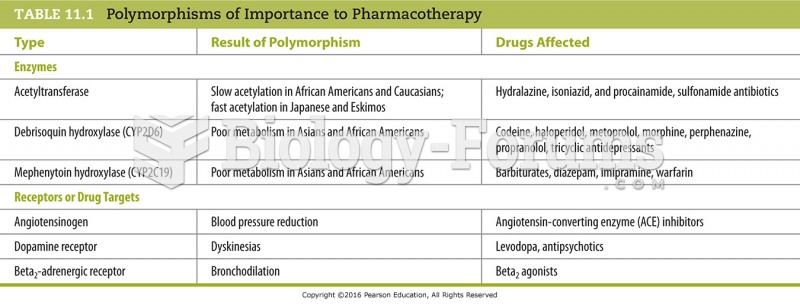|
|
|
There are 20 feet of blood vessels in each square inch of human skin.
It is difficult to obtain enough calcium without consuming milk or other dairy foods.
Earwax has antimicrobial properties that reduce the viability of bacteria and fungus in the human ear.
Hyperthyroidism leads to an increased rate of metabolism and affects about 1% of women but only 0.1% of men. For most people, this increased metabolic rate causes the thyroid gland to become enlarged (known as a goiter).
Coca-Cola originally used coca leaves and caffeine from the African kola nut. It was advertised as a therapeutic agent and "pickerupper." Eventually, its formulation was changed, and the coca leaves were removed because of the effects of regulation on cocaine-related products.







